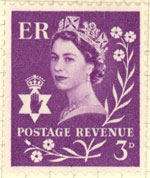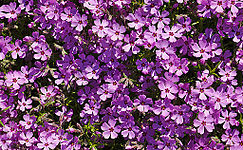PURPLE
| Purple | ||||||
|---|---|---|---|---|---|---|
|
||||||
|
|
||||||
| Hex triplet | #800080 | |||||
| sRGBB (r, g, b) | (128, 0, 128) | |||||
| CMYKH (c, m, y, k) | (50, 100, 0, 0) | |||||
| HSV (h, s, v) | (300°, 100%, 50%) | |||||
| Source | HTML | |||||
|
B: Normalized to [0–255] (byte) H: Normalized to [0–100] (hundred) |
||||||
| Violet | |
|---|---|
|
|
|
| Hex triplet | #8F00FF |
| sRGBB (r, g, b) | (143, 0, 255) |
| CMYKH (c, m, y, k) | (44, 100, 0, 0) |
| HSV (h, s, v) | (274°, 100%, 100%) |
| Source | HTML Color Chart @274 |
|
B: Normalized to [0–255] (byte) H: Normalized to [0–100] (hundred) |
|
Purple is a color intermediate between blue and red. It is similar to violet, but unlike violet, which is a spectral color with its own wavelength on the visible spectrum of light, purple is a composite color made by combining red and blue. According to surveys In Europe and the U.S., purple is the color most often associated with royalty, magic, mystery and piety. When combined with pink, it is associated with eroticism, femininity and seduction.
Purple was the color worn by Roman magistrates; it became the imperial color worn by the rulers of the Byzantine Empire and the Holy Roman Empire, and later by Roman Catholic bishops. Similarly in Japan, the color is traditionally associated with the Emperor and aristocracy. The complementary color of purple is yellow
The word 'purple' comes from the Old English word purpul which derives from Latin purpura, in turn from the Greek πορφύρα (porphura), name of the Tyrian purple dye manufactured in classical antiquity from a mucus secreted by the spiny dye-murex snail.
The first recorded use of the word 'purple' in the English language was in the year 975 AD. In heraldry, the word purpure is used for purple.
Purple is the color of royalty. A ticket for the coronation of Elizabeth II (1953)
In Catholicism purple is a liturgical color representing piety
...
Wikipedia




